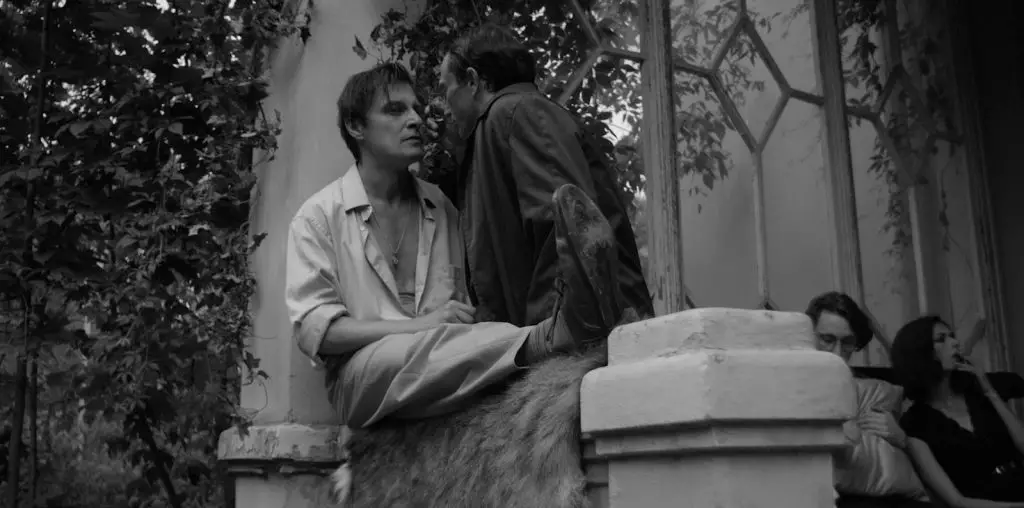
To call Lukas Moodysson’s (“Show Me Love (F*****g Amal)”, “Together”) newest film difficult is probably one of the greatest understatements in film history. There is no plot as such, the soundtrack consists exclusively of harsh noise or grating Eurpop and it contains some of the most disturbing images ever captured on screen in the context of a fiction film. However, it is not the emotional gut punch of a Michael Haneke or Gaspar Noe film, nor is it a smirking exercise in audience suffering like the work of Lars Von Trier. Emotional and bleak Moodyssson somehow manages to sustain a human core to the proceedings, which for those who are able to make it to the end actually seems to point to a tiny (very tiny) ray of hope at the end.
Allegedly shot in utmost secrecy in Sweden the film concerns a teenager, Eric (Bjorn Almroth) who spends his days shut in his darkened room, playing with his pet worms and listening to harsh noise on his headphones. This makes a little more sense when we meet his father Rickard (Thorsten Flinck), an overweight, self loathing director of amateur pornos who uses their dank apartment as his film studio. Rounding out this spectacularly dysfunctional family is Rickard’s buddy Geko (Karl Strandlind), a narcoleptic misogynist / porno stud and Tess (Sanna Brading), a wannabe porno star and surrogate mother figure to all three. As easy as it would be to make any one of these characters a comical stereotype, Moodysson instead delves deep into the pit of what makes each one of them function, allowing them to speak directly into the camera. Through these exercises and disjointed voice-overs the desperate emptiness that overwhelms these characters comes through as the sole force driving them forward and the thing that binds them together.
The film also functions on a sort of critique of reality television and instant celebrity. The characters even make use of a private infrared video confessional booth much like “Big Brother” to which Tess makes a reference later in the film. However the film is too experimental and the imagery too disturbing to be called a simple satire. The voyeurism functions on three different levels, Eric observing his father at work, Rickard’s film and his inclusion of interviews and documentary shots of things as mundane as eating or shaving and obviously the film we are watching as an audience. The film is also an examination of the limits of memory, although this is not made clear until the end through juxtaposing flashbacks to the beginning of the film. This revelation helps to draw the lines between metaphor, dream and personal pain which are all mashed together to provide the “story” of the film.
As f****d up as he is, Eric does function as the moral compass although we are left with the knowledge at the end of the film that things will likely continue to become more depraved. However, this decadence is never made appealing in the fashion of De Sade. It is instead the result of four damaged humans, clawing desperately at whatever comes next.
Not a film for the faint of heart (a lot of people are going to hate this movie), “A Hole in My Heart” is a cinematic challenge that eats slowly at the soul but never insults the audience or its characters.
